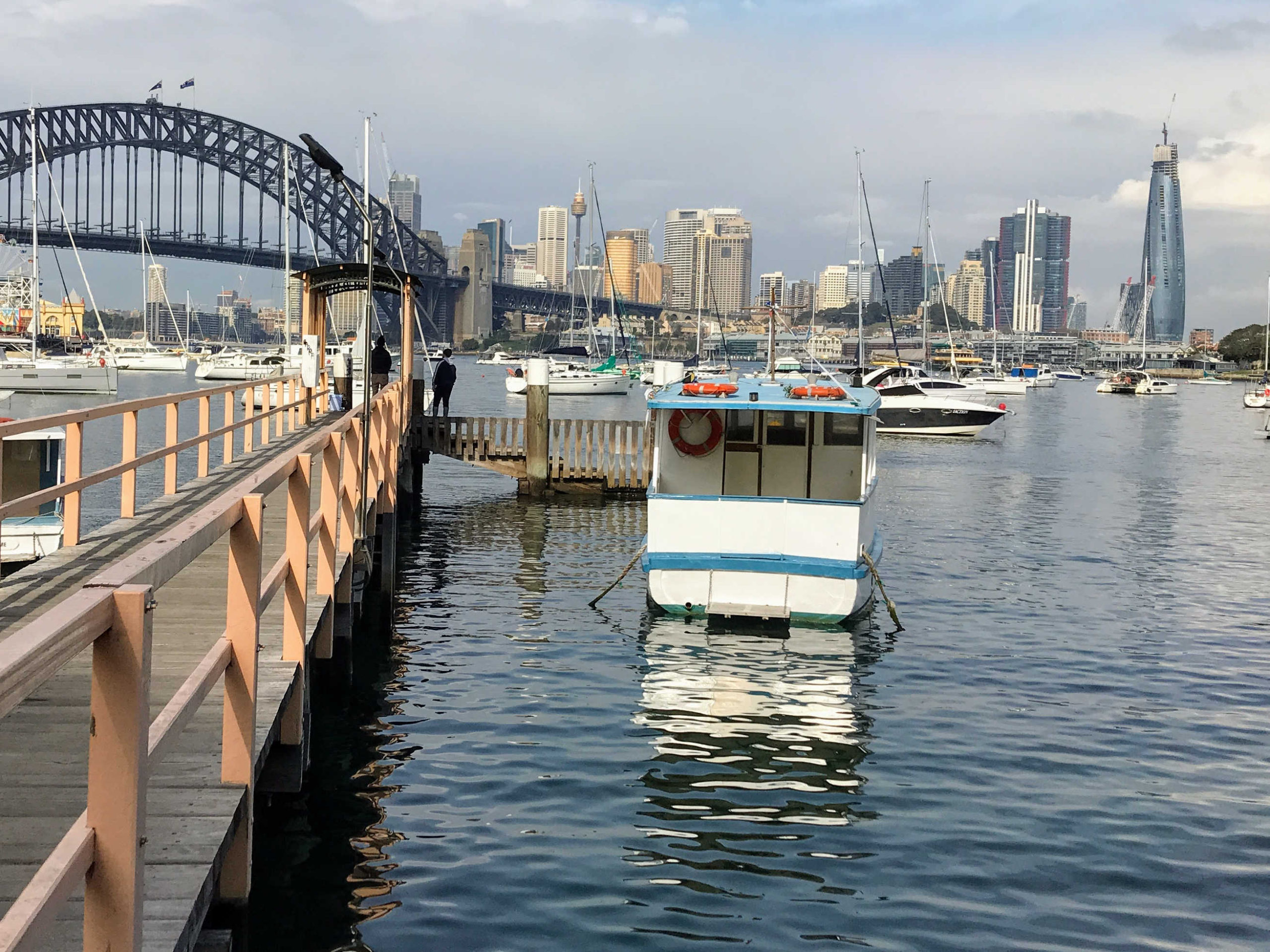In Australia, it is now overwhelmingly likely that community transmission has disappeared from WA, Tasmania, SA, Northern Territory. Queensland is coming close to that point, but Victoria and NSW are still the laggards based on cases on 13 June.
In Australia, we are now in the fortunate position of having very little community transmission – none for some time in some states. So how likely is it that we have completely eliminated the virus from the general community (as opposed to those returning from overseas) in those states? This link from NZ shows the analysis they did there, before deciding when to eliminate all internal restrictions last week on June 9th.
Someone who caught the virus three or four weeks ago may not have developed severe symptoms (which happens in around 30% of people) and not got a test. They could have passed the virus on to someone else, who also missed out on a test.
A chain of infections like this could continue for a while before it is detected. Some segments of the population, such as younger people, are less likely to develop symptoms and are therefore more likely to sustain hidden infection chains.
In the NZ analysis, they’ve said that 20 consecutive days of no new cases suggests only a 5% of undetected spread in the community. Here in Australia, according to Covidlive who is keeping track, all states except Victoria (6 days) Queensland (17 days) and NSW (19 days) have more than 20 consecutive days. And given the analysis, Sadly, though, NSW appears to have broken this chain, by announcing two new cases today of unknown origin. I’m hoping that (as has happened a couple of times previously) they turn out to be false positives.
Interestingly, although I haven’t managed to properly reproduce the NZ statistical numbers, playing around with the parameters leads to a counterintuitive result. The lower the potential spread (R) (eg the stronger the lockdown), the longer it takes to confirm no community transmission. This is because a single case is unlikely to infect very many people, so could linger in the community for longer without detection, than if a single case infects more people at a time.
Link
This link introduces a new parameter for the amateur epidemiologist – k – which is a measure of how variable the spread is.
..in addition to R, scientists use a value called the dispersion factor (k), which describes how much a disease clusters. The lower k is, the more transmission comes from a small number of people. In a seminal 2005 Nature paper, Lloyd-Smith and co-authors estimated that SARS—in which superspreading played a major role—had a k of 0.16. The estimated k for MERS, which emerged in 2012, is about 0.25. In the flu pandemic of 1918, in contrast, the value was about one, indicating that clusters played less of a role…
…in a recent preprint, Adam Kucharski of LSHTM estimated that k for COVID-19 is as low as 0.1. “Probably about 10% of cases lead to 80% of the spread,” Kucharski says. That could explain some puzzling aspects of this pandemic, including why the virus did not take off around the world sooner after it emerged in China, and why some very early cases elsewhere—such as one in France in late December 2019, reported on 3 May—apparently failed to ignite a wider outbreak.
The paper doesn’t say what could influence k but I imagine the characteristics both of the infected person, and where they happen to be while infectious (indoor sporting event vs quiet contemplation in a monastery) will have some influence.
Life Glimpses
Every time I talk to someone at the moment they will tell me about something they have done for the first time in a couple of months. In my case, I got together with a group of friends for a walk and a takeaway coffee. We weren’t quite ready to sit down to lunch together, maybe next time. We all reflected on how quickly we had adapted to the new normal of staying physically distanced from others, and how moving back into normality requires a rethink of how much risk we are prepared to take. It was great to see people in person again, though. Banter is pretty hard via zoom, given the weird delays and time differences between different locations.
Bit of Beauty
Now that I am less paranoid about social distancing, it’s nice to be able to get down to Lavender Bay again (the occasional narrow path choke point had been putting me off before). Always a guaranteed bit of beauty in Sydney!


You know I only comment on life glimpses. Today I was invited to brunch to the niece of my friend Sarah.
We were 5 adults, the teenager son joined us for the meal, the younger daughter went to the beach. It was great,
apart from Sarah that I saw once since March 2020, the others I have only seen on Zoom. It is so nice to see
people, see but not touch. I have to admit I do go to outdoor coffee places for the last week. On the other hand
2 lectures that were supposed to take place next week, were changed to Zoom. I do like Lavender Bay,
even the name sounds good. Love
Thanks, Jennifer,
I am intrigued by the counter-intuitive conclusion and I agree that it will be some time before “victory”can be declared in NSW. Depending on the results from last week’s protest gatherings I suspect that it won’t be until Q4 at the earliest. I’m not sure what that would means for international travel but I guess we can follow NZ.
The other illuminating point was the concept of “k” which appeals to me (even if the mathematics is beyond me).